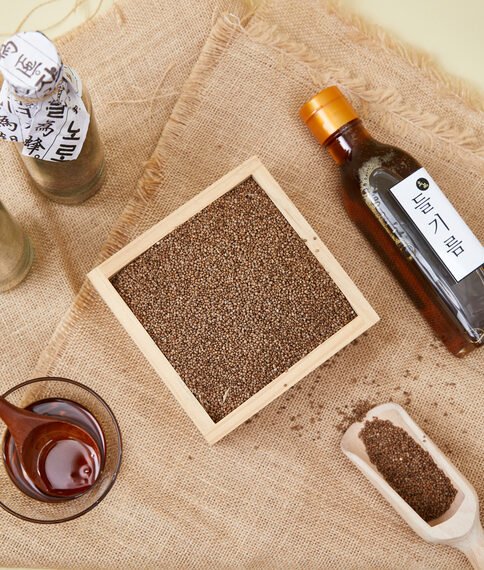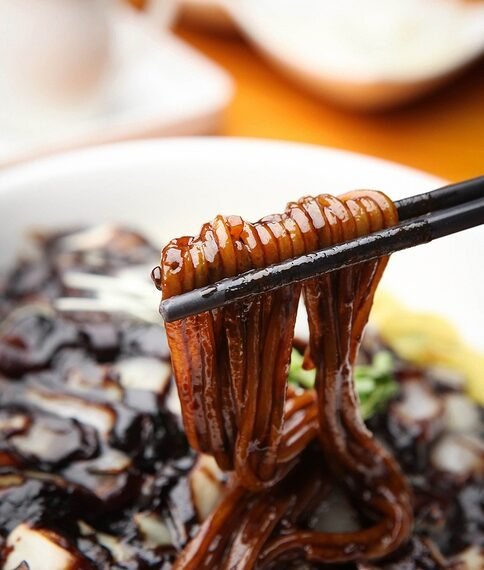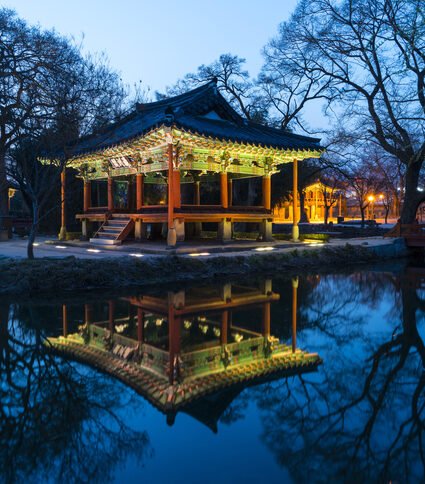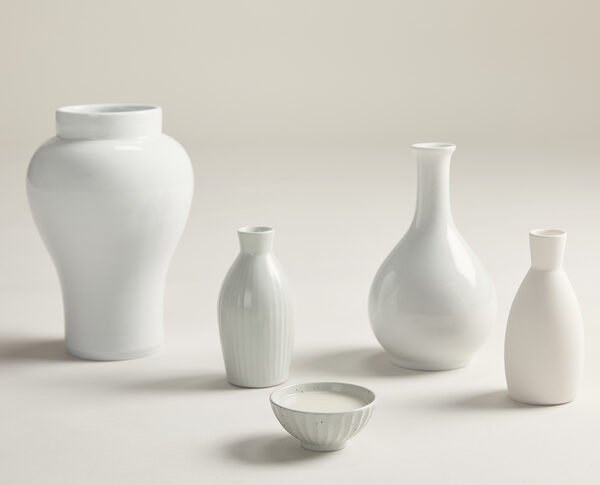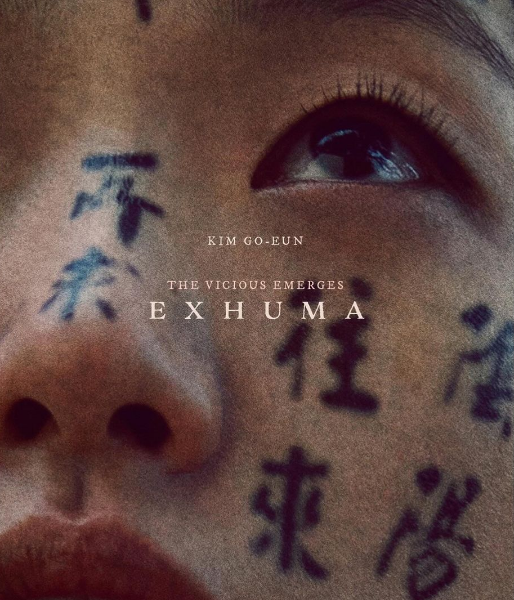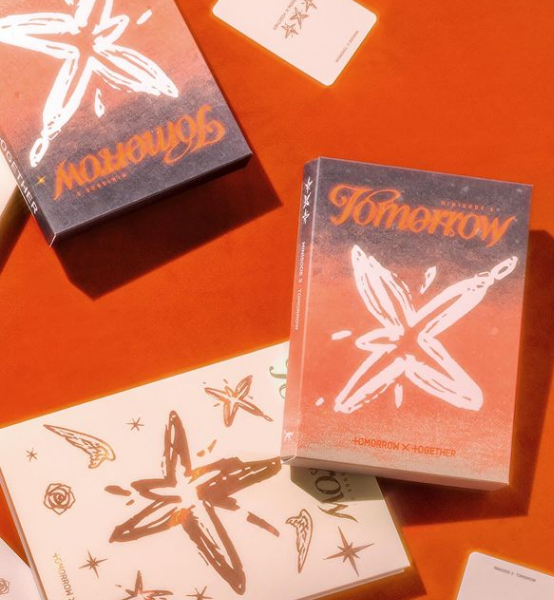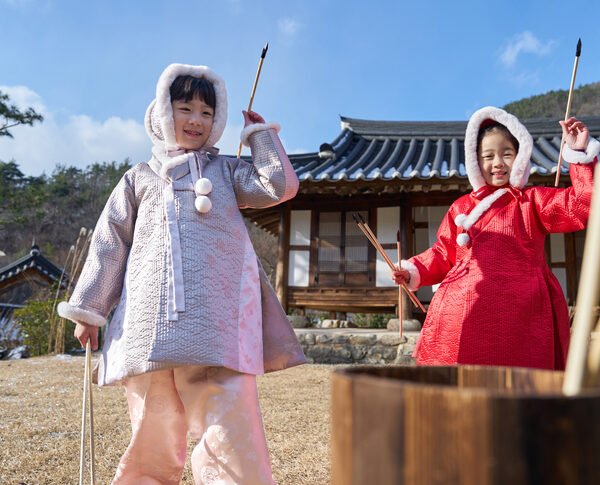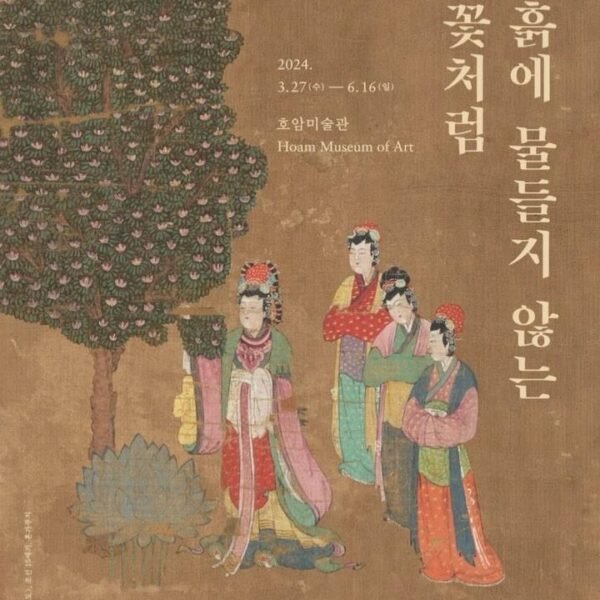When it comes to dining etiquette, every culture has its own unique customs and traditions. One such intriguing aspect of Korean dining culture is the use of metal chopsticks. While most countries opt for wooden or bamboo chopsticks, Koreans stand out as the only people in the world who embrace the use of metal chopsticks. In this article, we will explore the fascinating history, practical advantages, and cultural significance behind Koreans’ metal chopsticks.
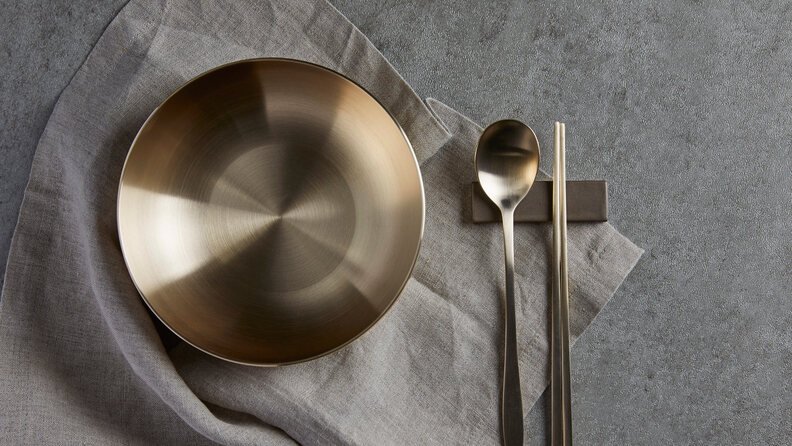
The History of Metal Chopsticks in Korea
The origins of metal chopsticks in Korea can be traced back to ancient times. It is believed that metal chopsticks were initially introduced during the Three Kingdoms period (57 BCE – 668 CE). At that time, metal chopsticks were considered a symbol of wealth and status, as they were more expensive and luxurious compared to wooden ones.
Over time, the practicality of metal chopsticks became apparent. Unlike wooden chopsticks, metal chopsticks are more durable and hygienic. They do not absorb flavors or odors from food, making them easier to clean and maintain. This durability factor played a significant role in the popularity and continued use of metal chopsticks in Korean culture.
The Advantages of Metal Chopsticks
One of the key advantages of metal chopsticks is their heat conductivity. Koreans often enjoy dishes served piping hot, such as soups and stews. Metal chopsticks, being excellent conductors of heat, allow diners to handle hot food without burning their hands. This practical feature makes metal chopsticks an ideal choice for enjoying a variety of hot Korean dishes.
Another advantage of metal chopsticks is their sturdiness. Unlike wooden chopsticks, which can sometimes splinter or break, metal chopsticks are more resilient and less likely to snap. This durability makes them suitable for picking up heavier and larger food items, such as meat or vegetables. Additionally, the pointed ends of metal chopsticks offer precision when picking up delicate food items or separating ingredients.
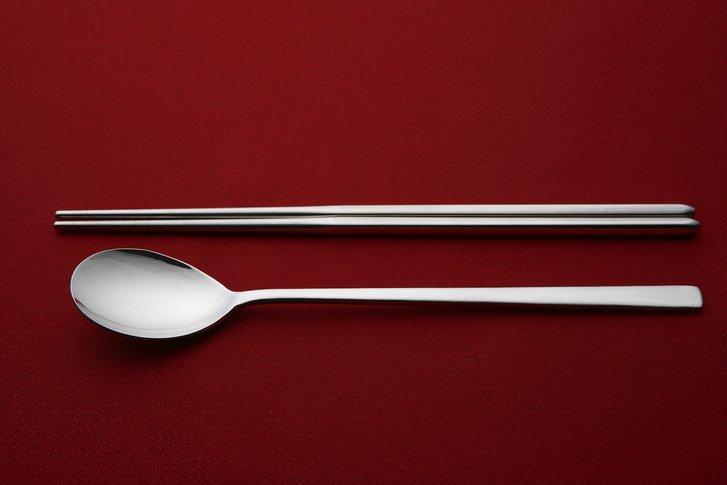
The Cultural Significance of Metal Chopsticks
Beyond their practical advantages, metal chopsticks hold cultural significance in Korean society. They are often associated with formal occasions and special events, such as traditional ceremonies, weddings, and celebrations. The use of metal chopsticks during these occasions reflects the importance placed on tradition, respect, and social harmony.
Furthermore, metal chopsticks are believed to enhance the taste of certain dishes. It is said that the unique metallic flavor that subtly transfers to the food enhances the overall dining experience. This distinct taste is cherished by many Koreans and adds to the cultural appeal of metal chopsticks.
Embracing Diversity in Dining Culture
While Koreans’ use of metal chopsticks may seem unusual to those accustomed to wooden or bamboo chopsticks, it serves as a reminder of the rich diversity in dining cultures around the world. Each culture’s choice of utensils reflects its history, values, and practical needs.
So, the next time you have the opportunity to experience Korean cuisine, embrace the cultural uniqueness of metal chopsticks. Allow yourself to be immersed in the rich history, practical advantages, and cultural significance that Koreans’ metal chopsticks bring to the dining table.
In modern times, metal chopsticks have become an essential item in Koreans’ lifestyle and culture. Made of stainless steel, they are convenient, long-lasting kitchenware loved by many. Koreans are now accustomed to the smooth metallic sensation and resistance of steel chopsticks when eating meals.
I recommend trying out metal chopsticks if you visit Korea. You’ll get to experience history and culture simultaneously. It will be a unique experience going beyond just the flavors – unlike anything you’ve tried before!
Remember, it’s not just about the food; it’s about the cultural experience.


